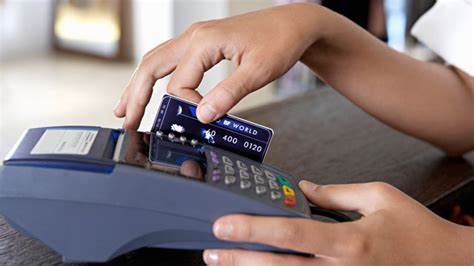Filtering the terms and conditions of a credit card can be daunting. Language is not always straightforward, and it is not uncommon to feel lost. According to J.D. Power's 2019 Credit Card Satisfaction Study, two-thirds of consumer reports fully understand credit card rewards. However, cardholders have lower scores on satisfaction with the card issuer's interpretation terms than other credit card features and services. But the more you know your credit card, the better your financial decisions will be.
An important number for most credit cards is your minimum payment. As you may recall, in the first article in this series, to avoid late fees, the minimum payment is the least you can do, but it is not the amount you should pay for. A low number may be an attractive option, but the first rule is when and when to pay your credit card: don't just pay your minimum payment.
Your goal should be to pay off all your bill balances at least a few days before the due date. Especially if the credit limit of the first credit card is very low, it will be helpful to pay more. However, if you only remember one rule, you will do well. If you really want to master your first credit card payment, read on!
Tip 1: Pay the first credit card payment on time or in advance
This seems obvious, but if you want to improve your credit score and avoid paying interest, paying your credit card on time is crucial. No matter what you need to do to remember your due date - alerts, calendar notifications, messages in the sky - make sure you pay these bills in full and on time.
Your payment history accounts for 35% of the FICO credit score, so delays or missed payments can have a big impact on your rating. Especially when you first start using your credit card, you will want to show a very responsible payment history to get a bigger credit limit and a better reward plan in the future.
Tip 2: Increase payment frequency to reduce credit utilization
One of the shortcomings of your first credit card? Your credit limit may be small. This means you can't buy as much with your credit card, and it's hard to keep your credit utilization low. However, there is a way to get around it!
Reduce your usage by making frequent payments to your card. Instead of waiting until the end of the month to pay off all the money in one lump sum, it is better to pay every other week or week, or pay more often to reduce the balance and utilization. Just make sure that the total amount you pay each month includes your statement balance and you can go!
Tip 3: Develop a valid payment plan - and stick to it
Know everything you do now about your card and your first credit card payment, unplug your calculator (or at least your calculator app) and create a payment plan. Realistically consider your budget, spending, and how long you need to pay to keep your credit score in a good position.
If you don't have a budget yet, start from there. Once you know how much you have to spend, decide how much you want to put on your credit card. Now all you have to do is calculate how often you pay for your card to keep your utilization below your target level! Set up regular calendar reminders for these payments and stick to your plan!



